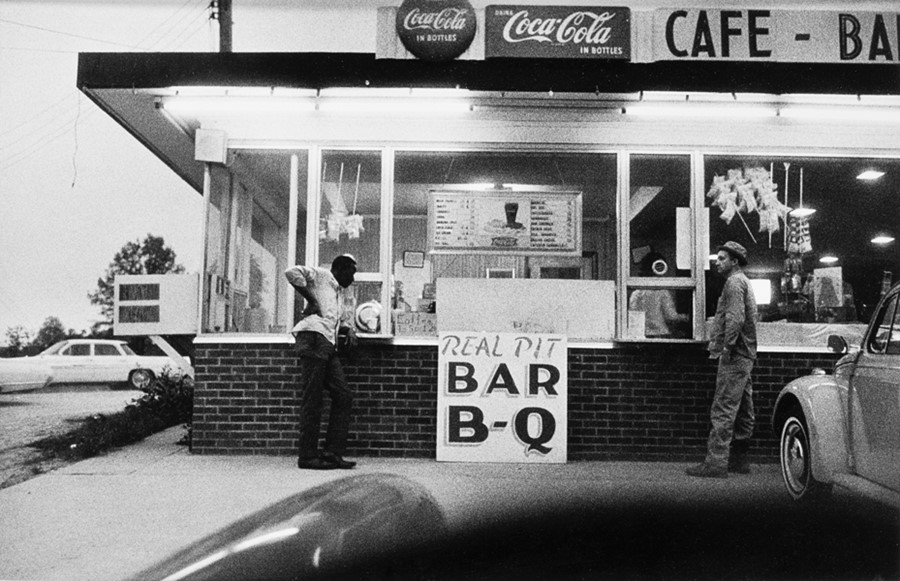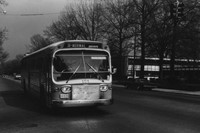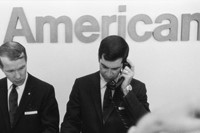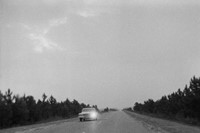Memphis-born photographer William Eggleston is famous for his influence on the recognition of colour photography as an artistic medium in the late sixties and early seventies. Previously colour photography was considered vulgar, a purely commercial
The work of Memphis-born photographer William Eggleston contributed to the recognition of colour photography as an artistic medium in the late sixties and early seventies. Previously colour photography was considered vulgar, a purely commercial medium for advertising and family snapshots. Eggleston was prolific, known not only for his use of colour film but for his dye-transfer printing technique, appropriated from the advertising industry.
His colour work has been published extensively, but his black and white work is lesser known. A number of years ago, a box was discovered in the archives of the William Eggleston Artistic Trust in Memphis, containing the photographer's earliest work, in black and white. The photographs were subsequently exhibited at Cheim & Read gallery in New York and sold. The recently published 200-page book Before Color reunites these photos in their entirety, and shows the artistic beginnings of a pioneer of contemporary photography. The reproductions were made from the original vintage prints that were printed by Eggleston in his own darkroom in Memphis at the time the pictures were taken.
In the late 1950s Eggleston began photographing suburban Memphis using high-speed 35mm black and white film, developing the style and motifs that would come to shape his pivotal colour work: diners, supermarkets, domestic interiors and people engaged in seemingly trivial and banal situations. Eggleston's snapshots in Before Color are an honest depiction and revelatory insight of the slow, much delayed Americanisation of the South. In what Dave Hickey [who writes the book's foreword] describes acutely "as "bad pictures of bad places", there are grey skies, trees without their leaves, dirt tracks and asphalt highways, religious iconography, run-down motor homes and perfectly tended new builds. Food plays a central role, roadside diners and shelves stacked with branded produce. As does the automobile, the best marker of time if ever one was needed.
Colourless in both senses, Eggleston's snapshots are as depressing as they are captivating. In the mid sixties, Eggleston discovered colour film and was quickly satisfied with the results. He abandoned black and white but never his beloved subject matter.
Before Color by William Eggleston published by Steidl.
Text by Laura Bradley



